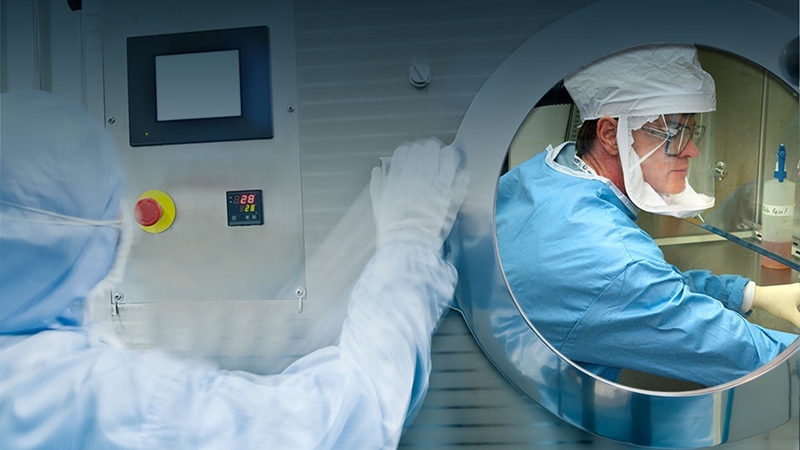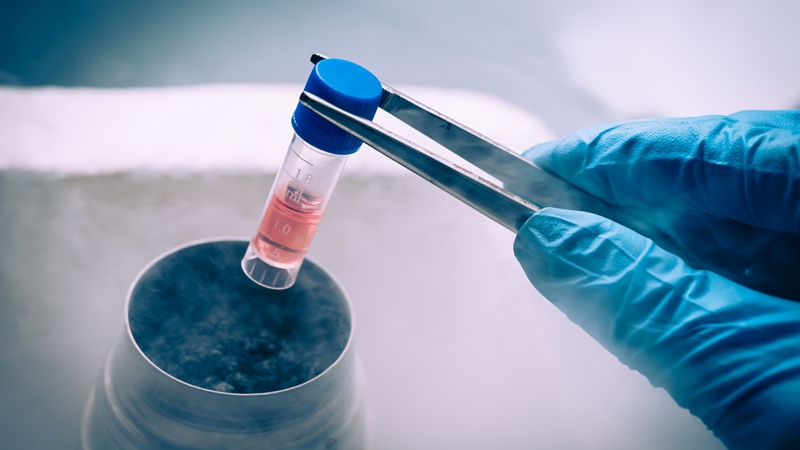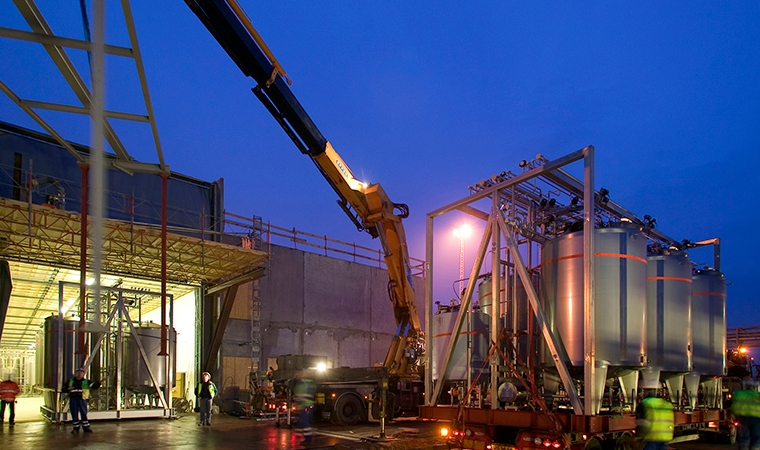Tailor-made therapies for individual patients are coming into focus fast. When redoing the batch is not an option, how is the pharma manufacturing industry preparing for the inevitable influx of personalized medicine and cell-based therapies?
The pharmaceutical marketplace is witnessing a paradigm shift. Attention has long been given to mass production of drugs for a large patient group treating common diseases. Now, we see an increasing focus on orphan diseases and individual patients. In fact, when we examine rare and orphan diseases, we see a long tail of future treatments for smaller groups and even individual patients.
It’s getting personal
Within personalized medicine, autologous cell therapies are a highly promising area for the treatment and even cure of orphan diseases. The (stem) cells used in these therapies come from the individual patient, and when modified these cells are reintroduced to the same patient as targeted tailored therapy. In most cases, there is only one chance to harvest cells, which consequently shifts the perspective of process and manufacturing reliability and product/patient safety. Redoing the batch is not an option. Indeed, a number of cancer therapies are falling into this segment of “one patient batches”, taking the "personal" in personalized medicine to a whole other level.
In early 2017, the US Food and Drug Administration (FDA) approved 10,000 clinical trials of cell therapies, compared to only 3,000 open trials within antibodies[1].This prompted the industry to foresee a significant need for manufacturing facilities for cell therapies in the coming years. From a business perspective, the global market for cell-based therapies is expected to surpass USD 20 billion by 2025 with an annual growth of 21%.[2] But the question remains: is the industry ready?
The new standard
Generally, the research and development of autologous tailored cell therapies has centred primarily around the "manual way". This means open handling and processing takes place in biosafety cabinets, in a traditional setting of GMP Grade A environment with a Grade B GMP room background. This well-known paradigm has been used as the golden standard, but is not sustainable when considering both risk and cost. And it is these combined elements of product risk and patient safety that challenge the industry to deliver personalized medicine in a reliable and repeatable way, in addition to taking the cost per therapy into account.
Indeed, the last 50 years of pharma technology has seen cleanrooms reach their peak potential. Consequently, the focus should be on disruption and innovation of processes and equipment, with the intention to keep operators away from the product. This can be done by using closed barrier systems combined with automation to decrease product/patient risk and support commercial manufacturing of cell therapies.
There is an ongoing technological evolution in the field of pharma manufacturing – robotics enable automation of complex manual procedures, and single-use technology and closed barrier systems remove the hurdles of cleaning and cross-contamination risk. Yet despite these advances, there is currently no standard or off-the-shelf equipment to replace the "manual way" for tailored cell therapies. Although elements of closed barrier systems and partly automated equipment are evolving, there is still a missing link: pharma and biotech companies must develop smarter manufacturing systems together with equipment suppliers.
The future of advanced therapy medical products (ATMP) facilities might be a cooperation between pharma manufacturers, regulators, academia, hospitals, equipment vendors and pharma engineering consultants.
Personalized production – a joint effort
The future vision for tailored therapy manufacturing is to have automated and fully integrated closed barrier systems with no operator impact on the product. In addition, manufacturing systems should be placed in flexible facilities of lower GMP environment. This concept links directly to large-scale pharma manufacturing and expectations from EU and US regulators within aseptic processing. But what and who are the enablers of this future vision?
One enabler is regulatory acceptance and approval. Another is the development of new concepts for facilities for tailored therapies. Manufacturing facilities and equipment for these types of products pose a unique challenge and call for unique partnerships. The future of advanced therapy medical products (ATMP) facilities should be a joint effort involving pharma manufacturers, regulators, academia, hospitals, equipment vendors and pharma engineering consultants.
By working together in new partnerships there is a great opportunity to soon make this future vision of ATMP facilities a reality, and to support the development of personal cell therapies so they reach the market faster, safer and at the right cost.
[1] OutSourced Pharma, Guest Column, Feb. 2017
[2] Donovan Jones, IIR Life Sciences



